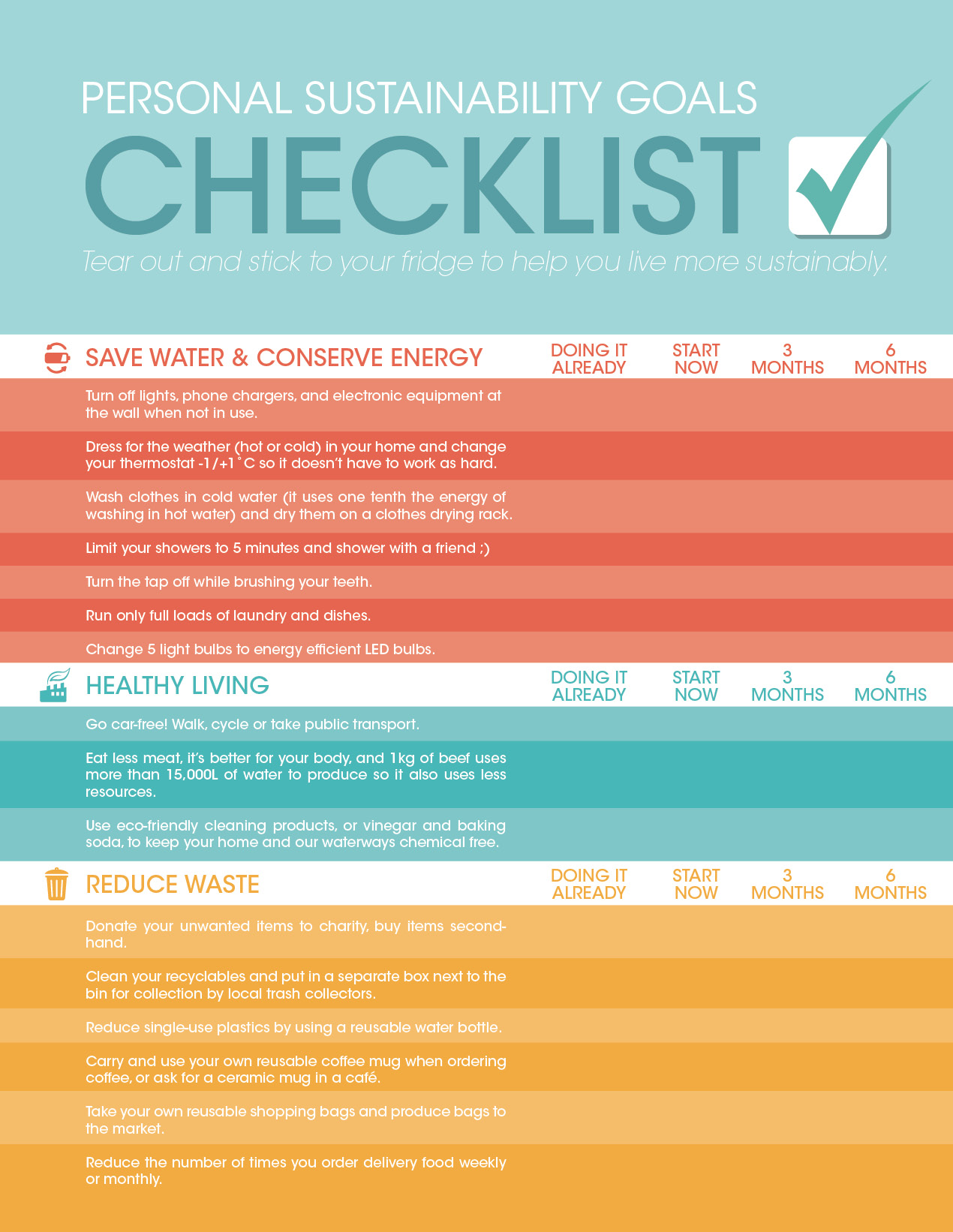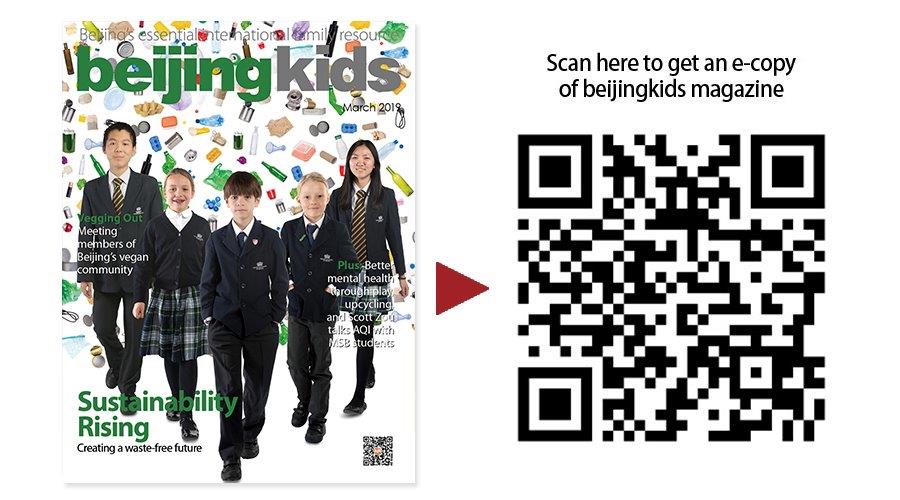“Sustainable” is a buzz word at the moment, along with “green”, “eco-conscious” and “environmentally friendly” – and although these terms have been around for decades, sustainability until recently has been the domain of environmentalists and so-called “tree-huggers”. Now that the reality of climate change is here and the environmental and ecological damage is so evident, this movement has now reached the mainstream.
Governments and corporations are throwing the terms around in their vision statements, and there is a huge emerging market for products that carry the “green” label from the consumer market who are awakening to the impact that humans are having on our planet. But at the moment, living sustainably takes a lot of dedication and effort, and when it’s you versus the other 7 billion people on this planet, our individual action seems pointless. Yet, the sustainable movement is growing, and the individual action of many is making a difference as more and more people choose to make small changes to their habits.
Sustainability is a complex term, but refers to the models that are necessary for the survival of humanity and planet Earth. There are three pillars of sustainability – social (healthy communities), economic (vitality and growth), and environmental. While all of these are interdependent, many say that environmental sustainability is the crucial foundational aspect which we need to focus on immediately, as the future of our existence depends on it. It is no secret that economic growth has come at the cost of environmental degradation, which is why the prevention of pollution and protecting the remaining environments have so much attention right now.
Environmental sustainability looks at the way we use our resources to make sure we don’t run out, and that we don’t pollute the natural environment more than its ability to compensate for or replace the changes we’ve made to it. Environmental sustainability is putting systems and policies in place that create a cycle of resource use and pollution that can be continued indefinitely with no damage to the environment.
Areas of Environmental Sustainability
Water
Water is life, and climate change, growing populations, economic growth, and associated use and pollution is putting more pressure on water resources. The world’s largest water tables are being overpumped and many large rivers are drying up. In Beijing alone, the demand for water resulting in excessive overpumping of ground water is causing Beijing to literally sink up to 100mm a year, which experts say a severe hazard for the population and infrastructure.
Soil and Groundwater Pollution
The impact of the manufacturing products and food that we use is felt heavily on the environment, when the toxic byproducts are disposed of. Soil and groundwater pollution render land toxic and unusable causing dire health consequences for communities, and plant and animal extinction.
Air Pollution and Climate Change
Air pollution caused by manufacturing, burning fossil fuels, and chemicals is a contributing factor towards global warming, heating up our Earth’s temperature at such a rate that we are heading towards a crisis which has knock-on effects for humanity – severe heatwaves, drought, animal and plant extinction, poor agricultural yield, water shortages, more flooding, stronger storms, rising sea levels, and the associated health impacts.
Waste Management
Humans produce a lot of waste which leads to pollution. This area of sustainability looks at how we can minimize the waste we produce (consume less and choose products that don’t create waste), and how we can deal with the remaining waste in such a way that we minimize the impact on the environment. This is where the philosophy of Zero Waste comes from – it is the redesign of resource life cycles so that all products are reused, and nothing is sent to landfill or incinerator.
Energy and Resources
Electricity, heat and fuel are essential for economic growth, efficient food production, and a higher standard of living. However, currently, the most common energy resources we use are non-renewable natural resources because they are cheap and reliable. Unfortunately, as they are non-renewable and also have a high carbon footprint, we need to move towards a more sustainable model, such as energy conservation, energy efficiency, and renewable energy production.
While all of these areas of environmental sustainability will be largely driven by government and corporate responsibility and regulations, we can never underestimate the power of individual action – since it is the manufacturing of “things” for all of us which is causing the exploitation of natural resources and the associated pollution and damage. While the problems may seem huge, we can all make a difference through reducing our own energy and resource consumption, making alternative choices and simple switches in our daily lives, and buying fewer things.


This article first appeared in the beijingkids March 2019 Sustainability issue.
Photo: Alena Koval via Pexels
Infographics: Michelle Zhang





